Catalogues
- NFC Tags
- Paper NFC tagsOn Metal NFC tagsTamper proof nfc tagsFPC NFC tagsSpecial NFC tags
- NFC Cards
- Plastic NFC cardsPaper NFC cardsLF RFID cardCPU / JAVA card
- NFC Key fobs
- Epoxy NFC key tagsPlastic NFC key fobs
- NFC Reader writer
- Fixed NFC reader writerHandheld RFID readerUSB token NFC readerLF RFID Reader
- NFC Wristband
- Reusable NFC wristbandsOne-off NFC wristbands
- RFID inlay
- Sheet type RFID inlayRoll type RFID inlay
- RFID Tag
- RFID Laundry TagRFID Asset Tag
- Smart Device
- RFID Smart CabinetRFID Library DeviceRFID TunnelRFID Retail Device
- RFID Security Gate
- RFID gate
- Library RFID Tags
- RFID Book TagRFID Disc Tag
- UHF Tags
- EPC Gen 2 UHF tagJewelry RFID tagTamper Proof UHF tagRFID Windshield TagCable Tie RFID TagRFID garment tagRFID Clothing Hard TagDual frequency RFID tagRFID Medical TagLED UHF Tag
- UHF Cards
- UHF Smart Card
- UHF Wristband
- RFID Wristbands
- UHF Reader writer
- Fixed UHF ReaderMobile RFID ReaderR2000 UHF readerE Series UHF reader
- UHF Antenna
- UHF RFID Antenna
- On metal RFID Tag
- UHF Metal tagCeramic UHF metal tagFlexible UHF Metal Tag
- Animal Tag
- RFID ear tagRFID Animal ReaderInjectable RFID tagRFID foot ring tag
- More Recommend
- RFID asset tagRFID screw tagRFID Seal Tag
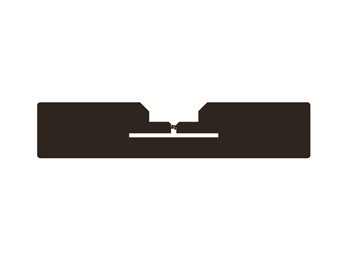
GEE-UT-9654 EPC Gen2 UHF tag
EPC Gen2 UHF tag, 860~ 960 Mhz, 96.5 x 23 mm, Alien Higgs 3, 512 bit user memory, 7 meter read distance, ISO18000-6C protocol
Download Specification
OverviewSpecificationApplicationsSupport
GEE-UT-9654 is a high performance UHF RFID tags, which worked at 860~ 960 Mhz with Alien Higgs 3 chip embedded. As a type of long read range RFID tags, this type of tags can be operated at distance up to 7 meter, therefore is frequently used in identification and tracking systems.
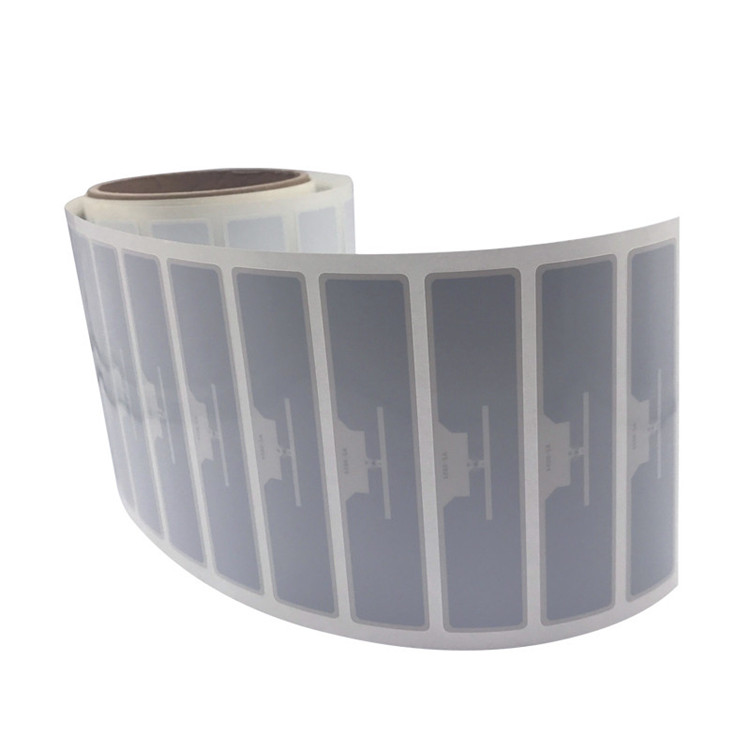
Main features:
● High performance Alien Higgs 3 chip
● World wide UHF supported, Read distance > 7 m
● High security: UID, write protection
● Multiple tags operation allowed
● Logo printing, serial number, barcode allowed
● Advanced RFID tag production technology ensured outstanding quality
● Green products, ROHS, SGS compliance
| Physical | |
| Material | Paper overlay, PET substrate |
| Size | 96.5 mm x 23.2 mm |
| Thickness | 0.3 mm |
| Antenna | Etched aluminum, model: 9654 |
| Printing | white blank, printable |
| Packing | 2,000 pcs/ roll, Roll ID 76 mm, OD< 300 mm |
| G.W | 1.5 kg/ roll |
| Protocol | ISO18000-6C & EPCglobal Class I Gen 2 |
| RF features | |
| Frequency | 860~ 960 Mhz |
| Chip | Alien Higgs3 |
| Memory | 96-480 bit EPC memory, 512 bit user |
| Read distance | Up to 15 meter |
| Write endurance | 100,000 cycles |
| Data retention | 10 years |
| Other features | |
| Security | TID, unqiue serial number, password protection |
| Anti-collision | Multiple tags operation allowed |
| Environment | |
| Operating condition | -20 ~ 60 Degree Celsius, 5~ 95% RH, no condensation |
| Storage condition | -10 ~ 45 Degree Celsius, 5~ 95% RH, no condensation |
| ESD | +/ -2000V peak |
| Bending diameter | > 50 mm, tension less than 10 N |
| Shelf life | 2 years |
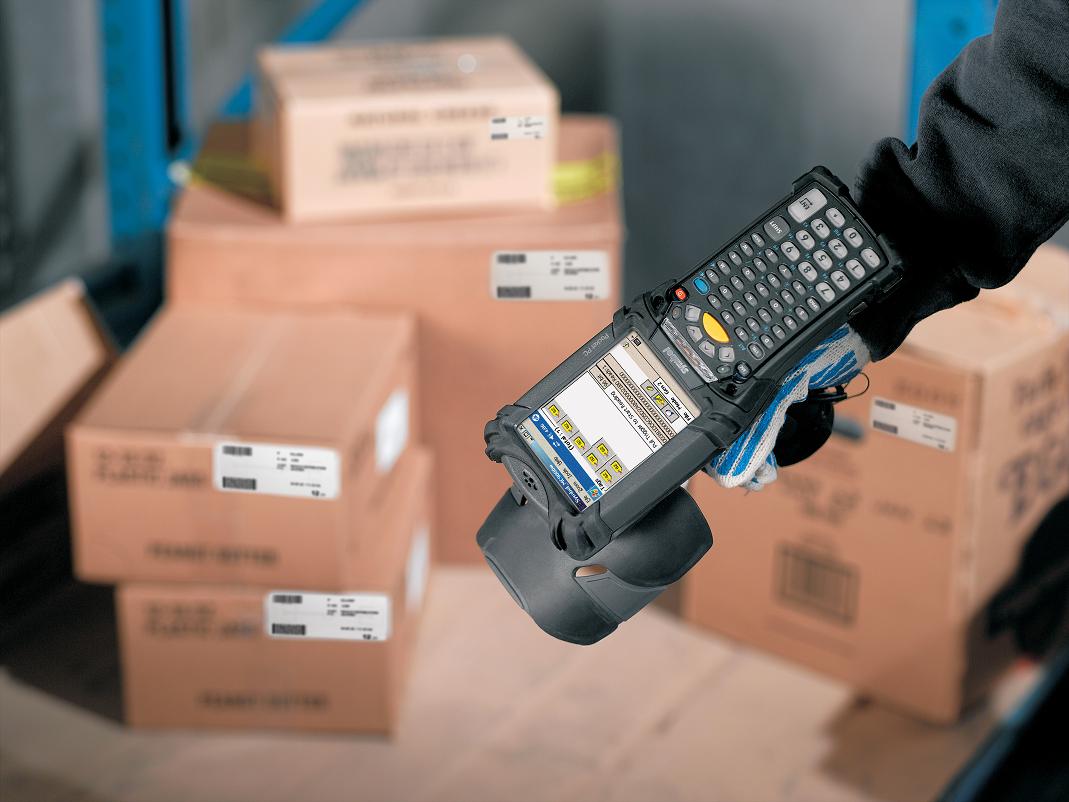
RFID, or Radio-Frequency Identification, is a method of storing data and retrieving it via radio waves. Much in the same way a barcode can store information about a type of product, RFID tags contain unique identifiers that correspond to inventory database records. Switching to RFID in your logistics chain offers some significant advantages over traditional inventory control methods.
WIRELESS SCANNING
One of the major advantages of RFID in logistics is how quickly RFID tags can provide information compared to barcoding or other systems. With a barcode, you have to pass each code over a scanner to register the item. RFID works wirelessly, so you can point a scanner at a box of items and register each one without having to take them out first. A powerful enough RFID scanner could inventory entire rooms at once, making inventory tracking a much faster process.
UNIQUE TRACKING
RFID tags contain a microchip or other storage device that can contain a large amount of information. This allows you to place individual identifiers on products, rather than using a single barcode for an entire class of items, and to follow individual items through your logistics chain, instead of needing to extrapolate that data from inventory numbers. This also allows you to track a defective item back to its source in a much easier manner than with other tracking methods.
REAL-TIME UPDATES
Because scanning and inventory control is much faster with RFID than with other forms of management, the system lends itself to integration with wireless communication systems and real-time inventory management systems. This allows you to query the database at any time and find out exactly how much of a given product you have on hand, instead of getting numbers that may be days or weeks old. RFID scanners built into the entrances of warehouses can even scan crates as they enter and leave, providing instant updates of inventory totals that can propagate to other users across the company network.
INTEGRATION WITH OTHER SYSTEMS
The same RFID tags that provide inventory information can also provide other services as well. Security scanners at building exits can let your system know instantly when any product leaves the premises, allowing you to spot theft or misdirected shipments quickly and correct the problem. Likewise, scanning RFID tags at entry and exit points allows confirmation of shipping and delivery of goods, allowing you to trace a shipment as it moves through your logistics chain, and provide accurate estimates of arrival to customers or other business units.
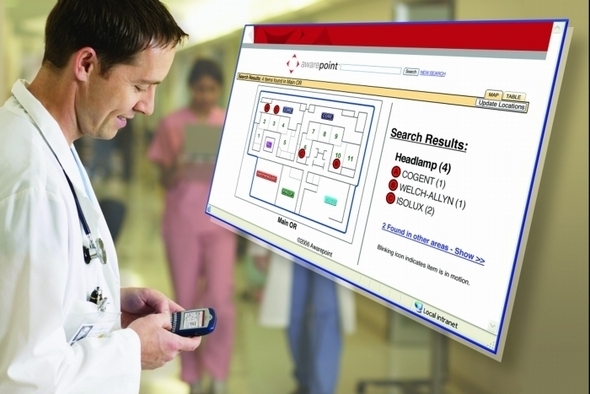
RFID technology, as one of the newly appeared technology in healthy care and medicine industry, has brought dramatical chances in patient indentification and asset management. It also brings safety and easy for doctors, check what benefits that RFID can bring to Healthy care and medicine industry?
Patient Safety
- RFID wrist-banding allows for better patient safety at the point-of-care. With one scan one can retrieve:
- Medical history
- Prescribed medications
- Meal / Medicine scheduling
- Eliminate doctor and nurse negligence in regards to serving patients incorrect medications or foods
- Allow for surgeons to have the nurses full attention in the operating room as opposed to being occupied by the administrative tasks of counting and tracking surgical equipment
Operating Instruments and Medical Equipment
- Monitor and trace operating instruments and medical equipment during procedures to insure all materials are accounted for
- Prevent the retention of surgical instruments, sponges, and towels inside patients being operated on
- Omit or supplement the manual process of counting the number of surgical instruments, towels, and sponges both pre and post survey
Pharmacy / File / Lab Labeling
- Prevent misidentifying specimens thus minimizing costly error
- Add accuracy, safety, and efficiency to prescription processing by using bar code labels
- Easily track test tubes, vials, blood bags and microscope slides to prevent errors and ensure accuracy
Access Control
- Streamline card-based access control solutions with durable, highly secure credentials printed on-demand.
- Monitor and control access to the most restricted parts of medical office including:
- Operating Rooms
- ER
- Supply closets
- Secure hospital wings
Supply Chain – Logistic
- Apply RFID tags at the source to ensure end-to-end traceability :
- Medical supplies
- Prescription drugs
- Organ transplant transportation
- Sort through and store prescription drugs with greater speed and accuracy
- Accelerate picking time and accuracy with RFID labels, which enable medical staff to locate materials and complete transfer operations faster
Related Products
-
GEE-UT-9640 EPC Gen2 UHF tag >
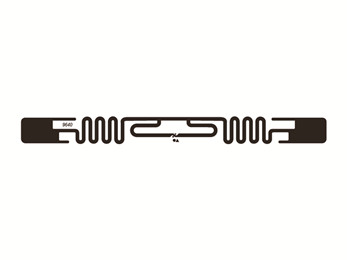
98 x 12 mm, Alien Higgs 3, 96- 480 bit EPC, 8 meter read distance
-
GEE-UR-3000 4 channel UHF reader >
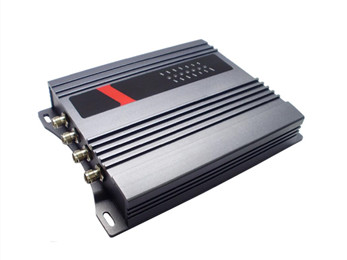
240 x 170 x 40mm, 902~ 928 Mhz, 0~ 15 meter read distance, RS232, RS485, TCP/ IP interface, 30 dBm RF output

 NFC Tags
NFC Tags NFC Cards
NFC Cards NFC Key fobs
NFC Key fobs NFC Reader writer
NFC Reader writer NFC Wristband
NFC Wristband RFID inlay
RFID inlay RFID Tag
RFID Tag Smart Device
Smart Device RFID Security Gate
RFID Security Gate Library RFID Tags
Library RFID Tags UHF Tags
UHF Tags UHF Cards
UHF Cards UHF Wristband
UHF Wristband UHF Reader writer
UHF Reader writer UHF Antenna
UHF Antenna On metal RFID Tag
On metal RFID Tag Animal Tag
Animal Tag More Recommend
More Recommend Media & Ads
Media & Ads Transportation & Ticketing
Transportation & Ticketing Library & AssetsManagement
Library & AssetsManagement Logistics & Tracking
Logistics & Tracking Access control
Access control Retail & Gas station
Retail & Gas station Texile solution
Texile solution Health & Medicine
Health & Medicine Food & Wine
Food & Wine Apps for NFC mobile
Apps for NFC mobile Apps for Industry & Retail
Apps for Industry & Retail Manuals
Manuals Software
Software FAQ
FAQ Service Center
Service Center How to choose right tags
How to choose right tags Company news
Company news Industry news
Industry news Technical communication
Technical communication


